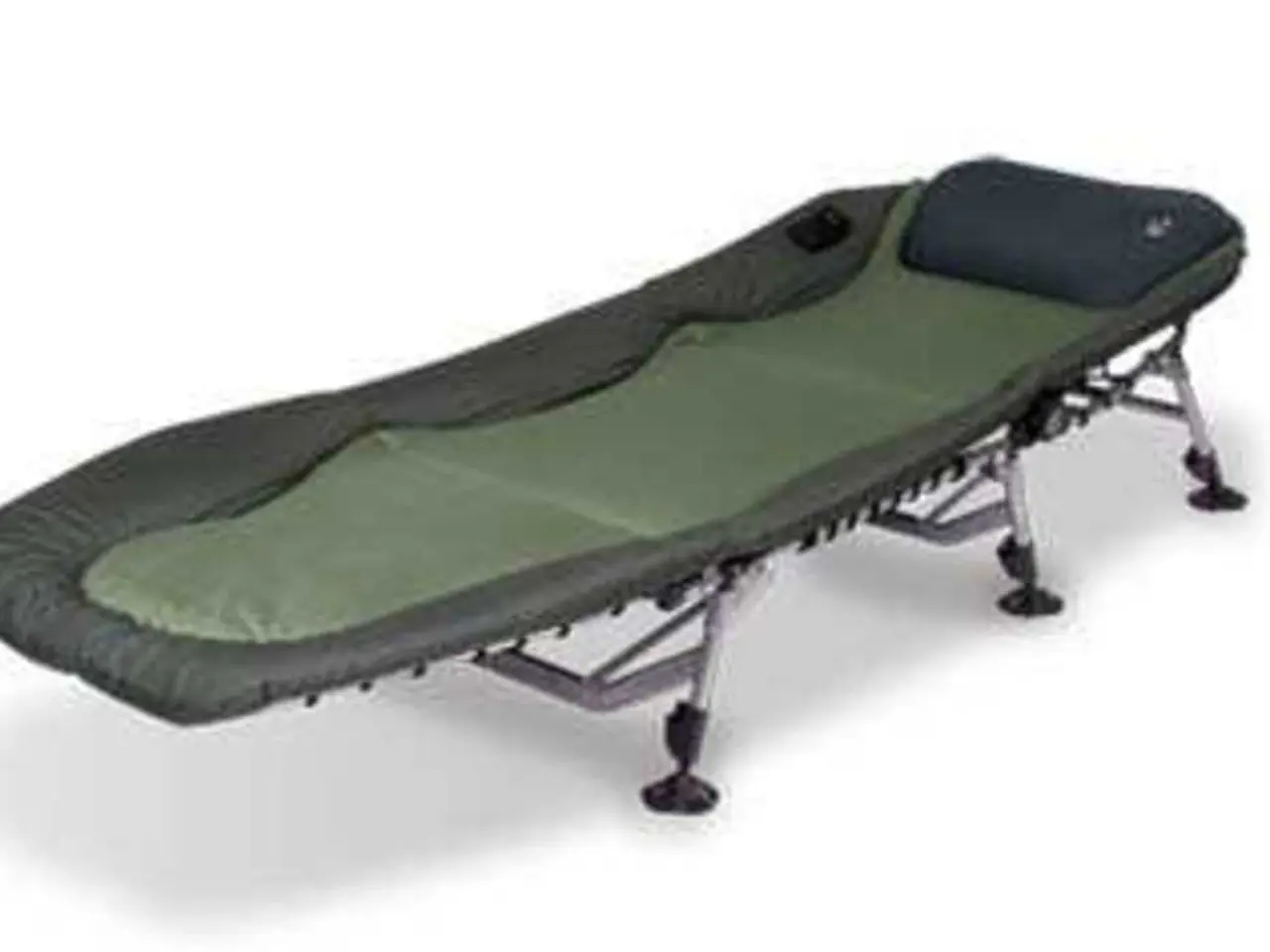Injured Knee: Classifications, Indications, Origins, and Remedies
In sports and daily life, knee injuries are a common occurrence, with knee ligament sprains being one of the most prevalent. These injuries happen when the ligaments that support the knee joint are overstretched or torn due to sudden force, such as a direct blow, sudden twisting, or explosive movements during sports activities.
The knee joint is stabilized by four main ligaments: the anterior cruciate ligament (ACL), posterior cruciate ligament (PCL), medial collateral ligament (MCL), and lateral collateral ligament (LCL). Each of these ligaments plays a crucial role in maintaining the knee's stability.
Knee ligament sprains can be mild, moderate, or severe, depending on the extent of the injury. A Grade I sprain, the mildest form, involves an overstretched ligament, and the knee joint remains stable. In a Grade II sprain, the ligament is partially torn, causing instability and pain. The most severe form, a Grade III sprain, involves a complete tear of the ligament, resulting in significant instability and loss of function and range of motion.
Common causes of knee sprains include direct blows to the knee, sudden twisting or explosive movements during sports, hyperextension, or improper movements. Collateral ligament injuries, such as MCL and LCL injuries, are common in contact sports, while ACL and PCL injuries are often linked to non-contact sports, such as football or skiing.
Key symptoms of knee ligament sprains include pain, swelling, stiffness, difficulty moving or bending the knee, weakness, and a popping sensation at the time of injury. In some cases, the knee may not bear weight, or there may be a severe knee swelling, inability to fully extend or flex the knee, or a fever.
Treatment for knee ligament sprains depends on the severity of the injury. Mild sprains (Grade 1) can be managed with rest, ice, compression, elevation (RICE), and physical therapy focusing on restoring strength and flexibility. Moderate sprains (Grade 2) may require bracing or immobilization, physical therapy, and prolonged rest. Severe sprains or complete tears (Grade 3) often require surgical repair followed by rehabilitation focusing on strength, balance, and flexibility.
The recovery timeline for knee sprains varies by the type and grade of the sprain. Mild sprains usually heal within a few weeks, while moderate sprains may need several weeks to a couple of months. Complete ligament tears, especially ACL injuries, often require surgical reconstruction and rehabilitation lasting 6 to 12 months for full recovery.
In some cases, home remedies, such as the R.I.C.E method, can be effective for mild knee sprains. However, if symptoms persist or the knee does not recover after a few weeks, it is essential to consult a doctor. A doctor may diagnose a knee sprain by examining the knee and comparing it with the other knee, or using an MRI.
Prevention measures for knee ligament sprains include warming up before physical activity, wearing appropriate footwear, and building leg strength through exercises. By taking these precautions and seeking prompt medical attention when needed, athletes and active individuals can minimise the risk of knee ligament sprains and ensure a speedy and successful recovery.
- Knee pain is a common issue in both sports and daily life, often resulting from accidents and falls, particularly those involving twisting or sudden movements.
- Science has identified four main ligaments in the knee joint - ACL, PCL, MCL, and LCL - each crucial for maintaining the knee's stability.
- Injuries to these ligaments can range from mild to severe, with chronic-kidney-disease and type-2-diabetes being less common health-and-wellness challenges than knee ligament sprains.
- Chronic diseases like rheumatoid-arthritis and COPD, as well as mental-health issues, might require more attention and management than addressing knee pain.
- Unfortunately, many cases of knee ligament sprains go untreated due to a lack of awareness, leading to chronic problems and an increased risk of re-injury.
- Fitness-and-exercise, combined with a balanced nutrition plan, can significantly reduce the risk of knee ligament sprains, promoting overall health-and-wellness.
- Sports enthusiasts should prioritize warm-ups, proper equipment, and post-exercise recovery techniques to prevent knee injuries and ensure a healthy and active lifestyle.




